AI has changed everyday life, becoming a near-essential solution for the modern person. As of 2025, ChatGPT has 700 million weekly users worldwide, up from 300 million in December 2024. The “AI revolution” has also altered our perception of what’s possible in business and creativity.
Considered a key component in the Fourth Industrial Revolution, AI has created new opportunities for businesses and consumers alike to work smarter and faster than ever before, primarily through technological advancements and automation.
Given that the AI revolution is far from over, this article will help you better understand the history, role, and potential of this revolutionary technology.
A brief history of AI
Although the concept of AI has existed for thousands of years, AI history really begins in the 1950s with an English scientist named Alan Turing. In his paper “Computing Machinery and Intelligence,” Turing outlined his thoughts about how to understand whether a machine was capable of thinking on its own. These thoughts became known as the Turing test or imitation game.
With this test and contributions from other experts in the field, investment in the future of AI became a top priority for governments, academic institutions, and computer scientists.
Before long, a Stanford University team led by scientists Edward Feigenbaum and Joshua Lederberg created DENDRAL, a computer system designed to analyze chemical compounds, in 1965.DENDRAL was the first “expert system,” an early term used to describe computer systems that could replicate human decision-making.
From there, AI advancement would explode, leading to
- The creation of the first chatbot, ELIZA
- The formation of the Association for the Advancement of Artificial Intelligence
- Commercial expert systems like XCON
- Autonomous drawing programs like AARON
During this AI boom, concepts like machine learning and deep learning would form the basis of how modern AI interacts with users. However, from the late 1980s to early 1990s, there was an AI winter, an extended period of little interest in or development of AI technology.
AI didn’t receive much public attention again until the late ’90s, with the development of IBM’s Deep Blue, an advanced computer system designed to beat the world’s best at chess. That’s when the building blocks of the AI revolution began to form. Companies like IBM, Microsoft, and Apple began investing in AI advancements (like Siri and Watson) that we still use today.
Once AI was no longer restricted to the research laboratories of governmental and educational institutions, it became part of the mainstream, and it shows no signs of slowing. The unveiling of OpenAI’s ChatGPT and similar AI models (e.g., Gemini, Claude, and Grok) has altered the way we work and play. Users have flocked to these models to use AI in industries that are in desperate need of optimization.
The role of AI in various industries
Thanks to its seemingly boundless potential, AI has become increasingly integrated into every industry. According to recent research, 78 percent of organizations use AI for at least one business function. These functions vary based on the industry, but here are some examples:
- Healthcare: Improved diagnostics, patient care, research and development, and enhanced robotics for surgery
- Finance: Automated trading, elevated fraud protection, personalized banking, and data analysis
- Manufacturing: Workflow automation, upgraded quality control, predictive maintenance insights, and Internet of Things technologies
- Retail and e-commerce: Personalized shopping recommendations, AI Agents and chatbots, inventory management, and customer service
- Education: AI tutors, smart classroom capabilities, personalized learning plan generation, and automated administrative processes
Choosing a flexible solution for the AI revolution
Modern companies need AI solutions that can easily adapt to a broad range of specialties. That’s why flexible Jotform AI Agents are in such high demand.
With Jotform AI Agents, you can quickly build, train, and launch AI-driven solutions to fill many roles. And you don’t need to learn code to do it. Using your internal data, you can train these solutions to fit your exact needs, no matter your industry. Simply follow these steps to get started:
- Start from scratch, convert a form, or use a template.
- Train your AI using internal documents, external URLs, and other materials.
- Customize your AI Agent using the Jotform Agent Builder. This solution helps you create and personalize your AI Agents and streamlines the data collection and interaction processes.
Don’t have the time to build an AI Agent from scratch? Use one of our more than 7,000 free AI Agent templates.
While AI Agents can fill in organizational gaps and automate tasks, use them responsibly, so your organization doesn’t lose its human touch.
AI and job market disruption
While AI is useful, some professionals may perceive it as a threat. A recent study found that 52 percent of workers are worried about how AI will affect the future of the workplace, and 32 percent believe that AI will reduce the number of available job opportunities. However, 36 percent of these respondents felt hopeful about the future of AI, with 16 percent saying they use AI to complete at least some of their current workload.
Future workers will need to balance AI’s usefulness and its shortcomings, and consider the ethics regarding it.
Rather than approach AI as a replacement for employees, business owners should think of it as a tool to help increase employee productivity while reducing workload. AI can streamline and automate tasks that often lead to burnout, and with it, employees can focus on fulfilling work instead.
Additionally, while AI use may impact traditional roles (automating tasks like basic customer service interactions or data entry), it will also present new opportunities for those willing to seek them. Businesses willing to invest in employee education on AI and automation could set themselves up for success and bolster the next generation of workers.
The future of AI: Trends and predictions
Even if AI seems like it can do anything, the truth is that it can’t, at least not yet. But a key element of the AI revolution is the technology’s rapid evolution. Predicting the future of AI is tricky, but a few likely applications could be on the horizon.
Sustainable development
AI accelerates any process. When applied correctly, it can be a driving force for good. That’s why, for example, the United Nations is leveraging AI technology to meet its Sustainable Development Goals more effectively. This involves using AI to perform the following tasks:
- Optimizing energy efficiency and consumption
- Making cities more sustainable
- Improving climate forecasting
- Facilitating environmental monitoring
- Enhancing agricultural practices
- Elevating medical diagnostics
The key to using these tools for good is considering AI ethics when building them. AI systems created for sustainable development must be launched with equity and responsibility in mind; developers of such systems prioritize factors like transparency, bias, and access.
Growth and innovation in AI assistants
AI assistants are becoming a popular business tool. You’ll likely see an AI chatbot offering suggestions on any e-commerce site you visit, or offering customer support on your favorite brand’s site. These popular solutions have their limitations, however, and are still in the early development stages.
What the future holds for AI assistants is uncertain, but it’s possible these helpful AI tools could improve in areas such as
- Imitation of human empathy
- Ability to learn from conversations
- Multimodal AI
- User experience
- Autonomous actions
As these features continue to be developed, they may create new opportunities for businesses to use AI assistants and may increase their adoption rate (even among the most resistant users).
Artificial general intelligence
The AI we use today, also known as narrow AI, is powerful but limited. These systems are designed to perform set functions or roles, with only some exceptions that offer a few other areas of expertise. That’s why researchers are already working on the next AI phase: artificial general intelligence (AGI).
AGI, essentially a digital replica of human cognitive abilities, would be capable of
- Learning independently
- Applying logical reason
- Adapting to new situations
- Transferring knowledge between domains
- Executing complex problem-solving
However, AGI is still theoretical, and no consensus exists on timelines for its development. But this technology’s potential goes far beyond our current applications and could be the catalyst for the next wave of the AI revolution.
Get ahead of the AI revolution with Jotform AI Agents
AI is here to stay, but just because the AI revolution has started doesn’t mean you have to be stuck playing catch-up. By keeping an eye out for trends and partnering with an advanced AI solution like Jotform AI Agents, you can capture AI’s fullest potential now and stay ahead of the curve as it evolves.
This article is for business leaders, entrepreneurs, and professionals who want to understand the full scope of the AI revolution — from its origins and industry impact to its future potential.
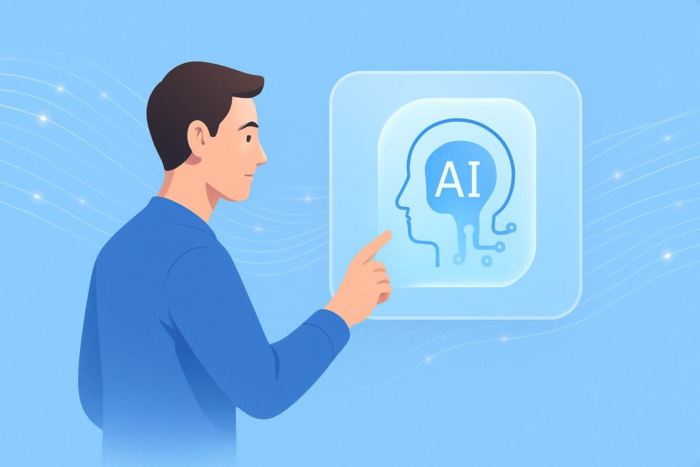



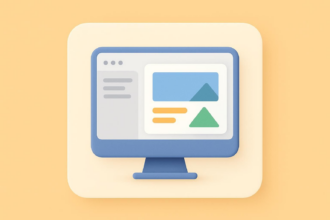
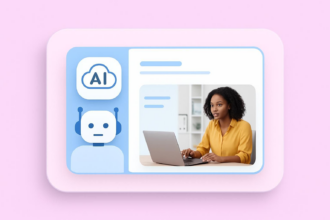

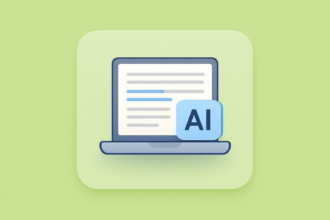


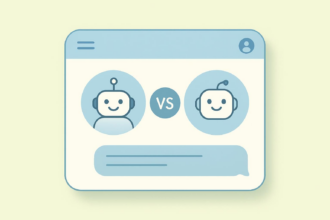




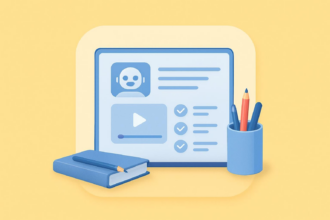


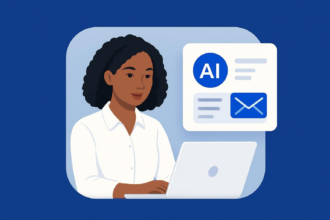
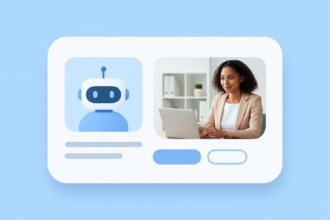

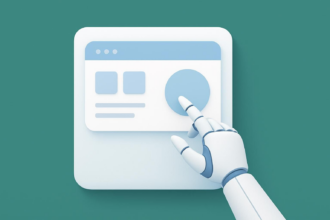




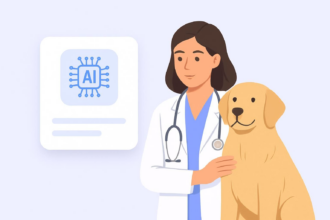
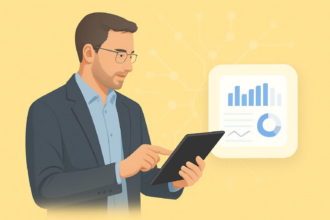


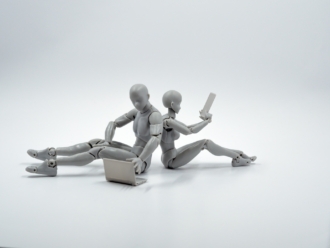







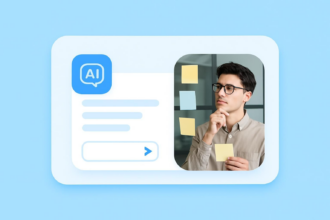



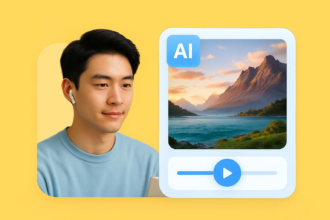
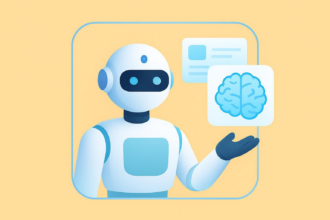



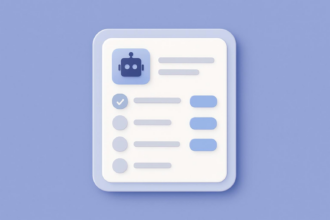
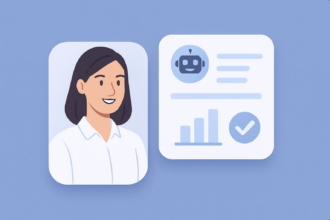
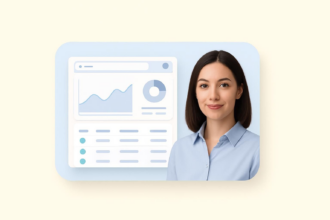


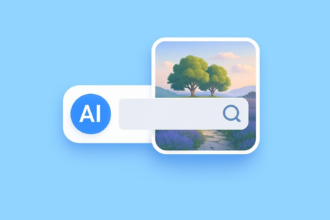


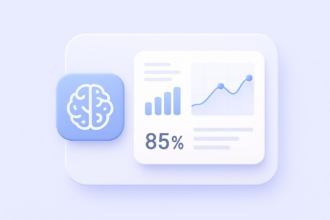
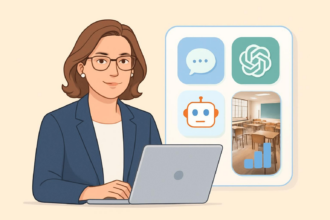
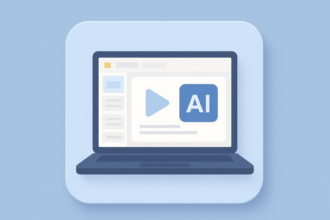





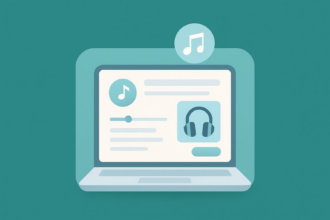
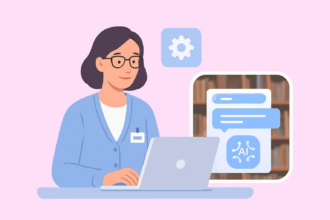

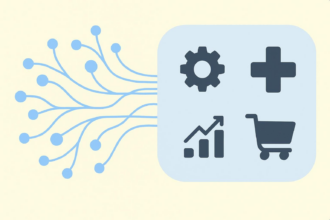






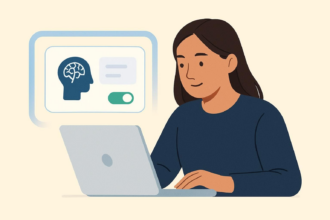

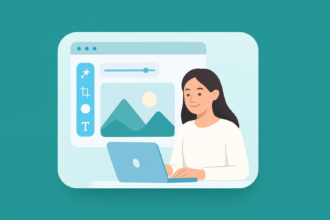

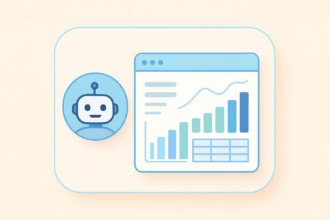


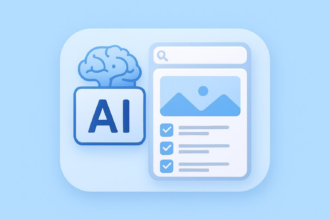

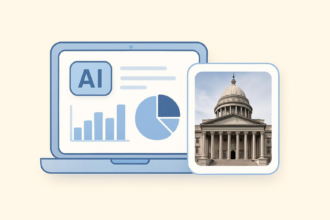
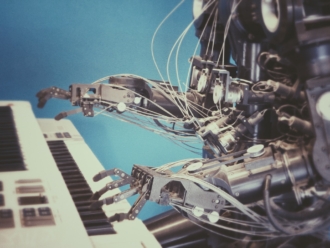
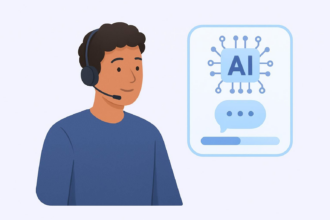


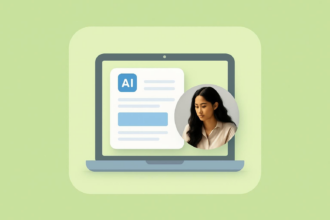






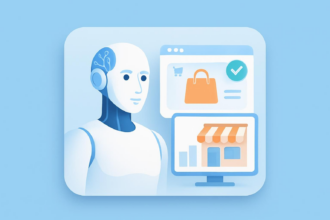



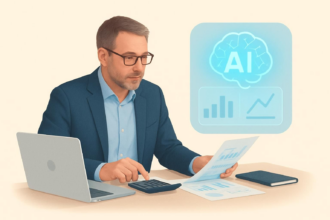

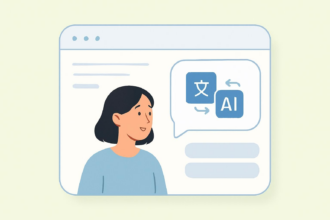
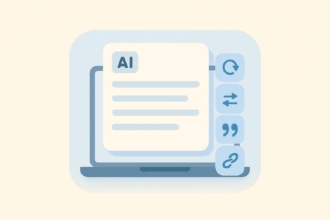
Send Comment: